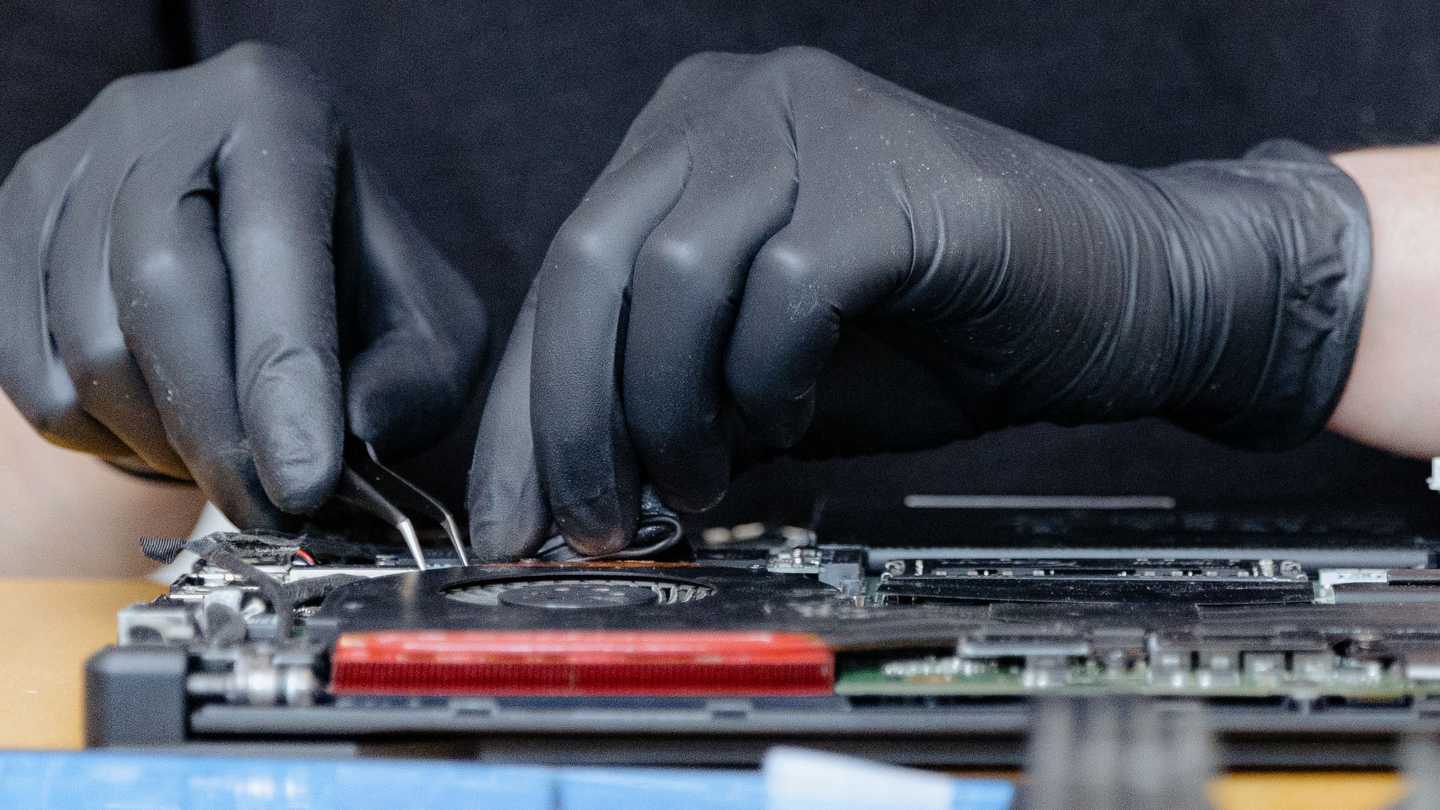Repair right: repair first, replace if necessary

- KVK Editors
- The basis
- 17 October 2025
- 2 min
- Sustainability
From 2026 onwards, repairing electrical appliances will become easier and cheaper thanks to the Right to Repair Act, also known as the Repair Directive. This European directive requires you to try to repair a broken item before offering your customer a new product. Do you manufacture, sell, or repair electrical products? Then prepare your business for the new repair rules.
The aim of the directive is to reduce waste, reduce the use of raw materials and energy, and increase the number of sustainable products. The rule is likely to come into force on 31 July 2026.
35 million tonnes of waste
Throwing away repairable items generates 35 million tonnes of waste per year in the European Union. What does that much waste look like? Imagine a traffic jam of 3.5 million lorries, bumper to bumper. That traffic jam would be more than 60,000 km long, enough to circle the earth one and a half times.
Who and which products are affected by the rules?
The Repair Directive applies to sellers, manufacturers, distributors, and importers of electronic devices and light battery-powered vehicles that are technically repairable.
This specifically concerns the following products:
- Household appliances: washing machines, dryers, dishwashers, refrigerators, vacuum cleaners.
- Electronics: televisions, monitors, mobile phones, tablets.
- Light battery-powered vehicles: e-scooters, e-bikes.
- Other: welding equipment and servers/data storage devices.
Over time, the rule will also apply to other products.
Within the European Union, the obligations of the Right to Repair Act lie with the seller and manufacturer. If a device is made outside the EU, the importer or distributor is obliged to repair it.
What should I do?
The new should make repairs more attractive to your customers. You are helping consumers make the most sustainable choice. Often, repairs are not yet possible or are more expensive for your customers than buying a new product. The law aims to change that.
You need to do three things:
- Make spare parts, repair tools and instructions available to your customers.
- Repair products.
- Inform customers about their repair rights.
Offer spare parts
Customers often have to replace or throw away a broken product once the statutory warranty period has expired. This is because it is too expensive to repair or because spare parts or repairers are not available. This will change in 2026. As a seller, you can make repairs easier by offering spare parts for the product. Sellers and manufacturers are jointly responsible for keeping these parts and the necessary tools in stock.
Finding a repairer
In addition to finding parts, finding a repairer will soon become easier. An online register for repairers will be created: the Nationaal (National Register of Repairers, in Dutch). Repairers can register if they meet the quality requirements.
There will also be a European repair information , which customers can request from any repairer. The form contains information about the terms and conditions, prices and duration of the repair. The form helps customers compare repairers.
Seller repairs
As a seller, you are obliged to give priority to repair within the statutory warranty period if this is cheaper or costs the same as replacement. An example: your customer has a two-year-old washing machine that suddenly stops spinning. The pump appears to be broken. The repair costs are €220, including parts and labour. A new washing machine costs €450. In this case, the seller must offer to repair it.
Replacement appliance
Be aware that in certain cases, your customer is entitled to a replacement appliance during the repair. For example, when repair is necessary within the statutory warranty period. In that case, the costs for a replacement appliance are usually borne by the seller, including shipping and installation costs. If it falls outside the warranty period, you could offer a replacement product as an extra service.
Extending the statutory warranty
After repairing the product, you must extend the statutory warranty by one year. Thanks to the new repair rules, your customer is also entitled to request a repair after the statutory warranty period. As the seller, you must offer the repair at a reasonable price and within a reasonable time.
Is a product beyond repair? Then you may also offer the customer a refurbished item instead of a new product.
Informing customers
Always inform your customers about their repair rights before you start repairing. You can do this when the product is purchased, but also via the packaging and on your website. This includes information about the choice between repair or replacement and the extension of the statutory warranty period. Thanks to the new rules, repair is preferred over replacement.

